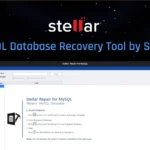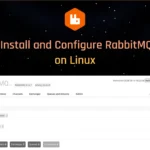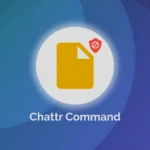What is Xargs and How to Use it (with 13 Examples)
Xargs is a fantastic command-line tool used to read data streams from the standard input of one command and pass them as arguments to another command when combined via piping. You can seamlessly pair it with various other commands, such as find, rm, cp, mkdir,





